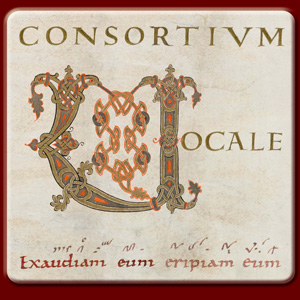Crux Fidelis
April 15, 2014

THE Consortium Vocale Oslo sings Crux Fidelis (Faithful Cross), from its CD of Gregorian chants for Lent and Holy Week, Exaudium Eum. Crux Fidelis is sung as a hymn on Good Friday during the Adoration of the Cross and in the Liturgy of the Hours during Holy Week. It is part of a larger sixth-century composition by Saint Venantius Honorius Clementianus Fortunatus which begins Pange lingua (‘Sing, my tongue’). It was originally composed for a procession that brought a portion of the true Cross to Queen Radegunda in 570, wife of the Frankish king Clotaire I.
Here is one English translation:
Faithful cross, above all other,
One and only noble tree:
None in foliage, none in blossom,
None in fruit thy peer may be.
Sweetest wood and sweetest iron,
Sweetest weight is hung on thee!
Gregorian chant is prayer and song, biblical exegesis and meditation. The chants, which have their musical origins in the ancient Jewish synagogue service, once brought the Old Testament Psalms, in a perfect blending of text and music, to a world without books. Albert Schweitzer, of the vocal group, writes:
What makes Gregorian chant so popular today is its religious power that appeals to the deeper levels of the human heart; its spiritual and transcendental dimensions. A number of factors contribute to this. The most significant of all is the power of the texts themselves. Gregorian compositions participate in a special way in the magnificence of the contents as well as in the poetic density of the Psalms; they share in the Psalms’ wholesome, dynamic, often robust spirituality that embraces every domain, every situation of our lives. Like the Psalms, as Old Testament poetry, the Gregorian compositions have at their disposal a broad range of artistic and expressive potentialities; they can do justice to the most diverse feelings and sensitivities: they can express boundless joy as well as the most profound sorrow, vibrant anger over the presence of evil or injustice as well as mystical fervor and devotion. The newly-awakened interest in Gregorian chant is a way in which the search for spiritual depth, the yearning of our times for the religious dimension and ultimately for the Word of God, expresses itself – clothed in this unique garment of sound.
Thomas F. Bertonneau writes:
